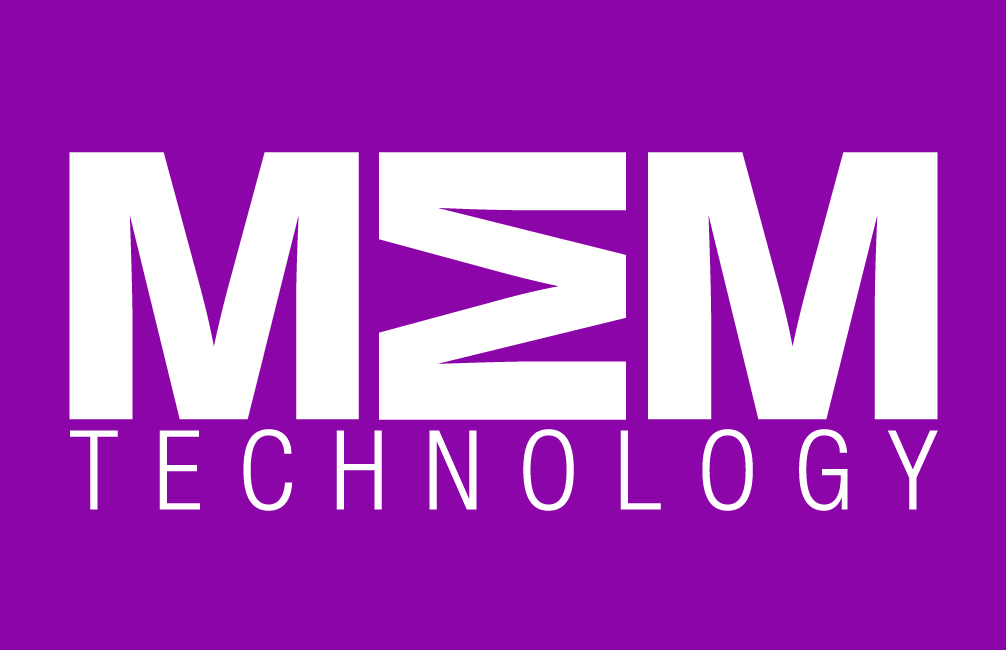Businesses using robotic control and industrial automation can deliver faster, safer, and more reliable operations through Time Sensitive Networking (TSN) capabilities over wireless links, as demonstrated in tests carried out by the Avnu Alliance.
Avnu Alliance members tested TSN capabilities of time synchronization (802.1AS) and traffic shaping (802.1Qbv) over Wi-Fi in industrial automation applications. During testing, a remote-controlled robotic arm was made to perform several fine manipulation tasks demonstrating the use of time synchronization and time-aware scheduling capabilities. Avnu members observed that without the 802.1Qbv capability, this task was severely impacted by competing traffic. When the TSN capability was enabled, the arm successfully completed the manipulation task even when competing traffic was present.
The robot control actuation and gripper status was consistently delivered over the wireless link, with most actuation commands arriving within 2 milliseconds (msec) of the previous sample. This demonstrates TSN’s ability to ensure a smooth, reliable performance.
“Advances in wireless technologies hold the potential to transform industrial and ProAV applications, however low latency and high reliability is required for these to be used successfully,” said Avnu Alliance President and Chair of the Wireless TSN working group, Dave Cavalcanti. “The results, testbeds and application demonstrations showcased in our latest whitepaper proves the potential of TSN over Wi-Fi for industrial and ProAV use cases, validating capabilities such as time synchronization and bounded latency”.
In industrial automation applications, responsiveness to control signals must be near instantaneous, especially for safety-critical data, such as Emergency-STOP signals. During testing, the 802.1Qbv traffic shaping capability was used to schedule a time-sensitive queue to open while other queues closed to avoid conflict with high priority traffic. Measuring the end-to-end latency of the time critical traffic when background traffic was present, the lowest average latency was 1.1 msec, with a bounded latency of 2 msec. This demonstrates that wireless TSN ensures high priority traffic benefits from low latency, resulting in a faster response time and safer automated operations.
Pro Audio/Visual (ProAV) applications, such as audio and video streaming, also require precise, accurate time synchronization and low latency communications to deliver seamless experiences for users. To demonstrate the benefits and capabilities of Wi-Fi TSN for these applications, a testbed was designed to stream audio from a P1 Talker to a Listener over Ethernet and Wi-Fi. Members experimenting with end-to-end 802.1AS-based time synchronization found the maximum offset introduced by the wireless link was approximately 4 microseconds (usec).
To ensure interoperability, the Avnu Wireless TSN working group is also developing test specifications for TSN over Wi-Fi. Keysight’s automated Wi-Fi compliance package, based on the Avnu TSN test plans, will help Avnu members and test houses advance the TSN Wi-Fi ecosystem. “Validation of TSN standards are increasingly important to ensure that network devices work together at the component level,” said Ram Periakaruppan, Vice President and General Manager, Keysight’s Network Test and Security Solutions group. As a member of the Avnu Alliance, Keysight plays a key role in standardizing test methodologies for TSN over Wi-Fi.
These demonstrated wireless capabilities are already in play across Avnu Plugfest events, and ongoing work is being done to extend them to 5G systems. To see the full methodology and results of these experiments, download the ‘Wireless TSN: Tests and Use Cases Demonstration with Wi-Fi’ whitepaper via the Avnu Alliance website.
Manufacturing & Engineering Magazine | The Home of Manufacturing Industry News
















